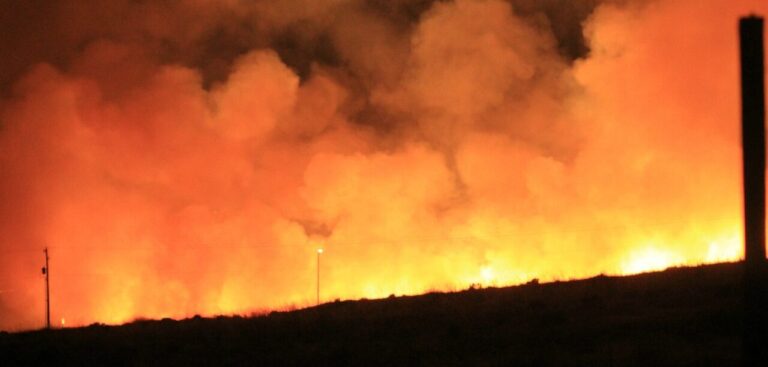A new study led by the Massachusetts Institute of Technology (MIT) has discovered that wildfire smoke in the stratosphere can trigger chemical reactions that erode the Earth’s protective ozone layer.
Focusing on the Australian fires that raged from December 2019 into January 2020, the country’s most devastating on record, the research team identified a new chemical reaction by which smoke particles from the wildfires made ozone depletion worse. By triggering this reaction, the fires likely contributed to a 3-5% depletion of total ozone at mid-latitudes in the Southern Hemisphere, in regions overlying Australia, New Zealand, and parts of Africa and South America.
The researchers’ model also indicated the fires had an effect in the polar regions, eating away at the edges of the ozone hole over Antarctica. By late 2020, smoke particles from the Australian wildfires widened the Antarctic ozone hole by 2,500,000km2 – 10% of its area compared to the previous year.
Despite the findings, it is unclear what long-term effect wildfires will have on ozone recovery. The United Nations recently reported that the ozone hole, and ozone depletion around the world, is on a recovery track, thanks to a sustained international effort to phase out ozone-depleting chemicals. But the new research suggests that as long as these chemicals persist in the atmosphere, large fires could spark a reaction that temporarily depletes ozone.
Doug Kinnison, study co-author and scientist at the US National Center for Atmospheric Research (NCAR), said, “As this research demonstrates, wildfire smoke can have a profound influence on stratospheric chemistry. Clearly more research is needed to fully understand the impact associated with pyrocumulonimbus smoke, especially if wildfires become increasingly more frequent and intense due to climate change.”
To view the complete study published in the journal Nature, click here.



